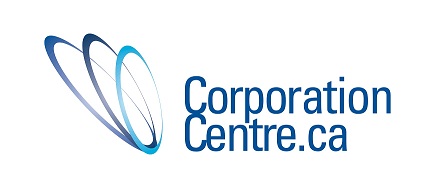In the environment of tight credit
that characterizes the global economy’s tepid recovery from the Great
Recession, many entrepreneurs are turning to unconventional sources of startup
financing. Equity crowdfunding, mediated through registered online funding
portals, is one of the available alternatives.
In order to ascertain whether EC
would be right for you, there is some basic information you need to know.
What
is equity crowdfunding, and how does it differ from standard crowdfunding?
Unlike standard crowdfunding, EC
involves more than simply donating money to a cause in exchange for rewards,
perks, or goodwill—instead, equity crowdfunders acquire an ownership stake in
the company-to-be.
EC differs from traditional equity financing
in its potential to attract numerous prospective investors offering modest
quantities of capital. Conventional equity financing, by contrast, often
involves a small number of deep-pocketed investors capable of advancing large
sums.
Advantages
• Democratization
(sort of): EC
can foster investment opportunities for people of comparatively modest means.
However, the rules governing EC (including accredited-investors-only
restrictions) vary by jurisdiction, along with the required documentation. The
situation is fluid, as governments learn more about a relatively novel
investment tool and modify their regulatory frameworks accordingly. It’s a good
idea for businesses and entrepreneurs uninitiated in EC to seek legal counsel,
so as to ensure compliance with local securities regulations.
• Breadth of
investment pool: Not
only can EC enable entrepreneurs and business owners to benefit from a broader
pool of potential investors than might otherwise be available; the relationship
is a two-way street. As EC expands and develops, small- and medium-scale
investors will also have the opportunity to dedicate a portion of their savings
to a vast array of endeavours that might otherwise have received little
exposure.
• You set the
fundraising commitment. When
businesses attempt to raise early funds through venture capital firms, they
receive whatever those organizations are prepared to give—usually a small sum,
unless you already run a thriving business with a steady revenue stream. EC, by
contrast, offers entrepreneurs relative freedom to establish and adjust their
own targets.
• Your funders have
a vested interest in the success of your startup. After all, the more profitable
your venture, the more lucrative the returns for them. If you encourage equity
funders to promote your business idea on social media and within their friend
circle, they will likely be keen to oblige.
Drawbacks
• Legal
complexities: As
noted above, the rules governing EC vary by jurisdiction. A lot of
entrepreneurs just starting out in the business world may not be familiar with
financial disclosure rules, licensing, comprehensive business plans, and other
requirements, and will need to undertake a lot of advance research and due
diligence.
• Small- and
medium-scale investors may lack business and investment experience. Sometimes it helps to
be able to defer to the advice of an experienced angel investor, venture
capitalist, or business professional, especially when it comes to dealing with
adversity and managing the expectations of your funders. In particular, new
investors may not fully appreciate the risks associated with online and startup
investments.
• Some of your
funders may be people you’ve never met. Obviously, this entails issues of
trust and fraud prevention, and there is a risk that disgruntled investors may
try to litigate against you in an effort to recoup a portion of their losses if
your business doesn’t pan out. This is another reason why seeking legal advice
is a good idea.
To
equity crowdfund, or not to equity crowdfund?
EC may not be suitable for startups
that lack a strong social media following, or that don’t offer a product or
service that is marketable and compelling. For example, many of your Facebook
friends may be interested in funding a bicycle store or a pet daycare; relatively
few will be keen to support a more esoteric or specialized venture, like a
business that designs refrigerator door hinges.
If you’re still interested in EC, I
recommend this article in the Globe and Mail, by SeedsUp.ca
founder Sandi Gilbert,
as a
basic guide to help you get started.
Equity
crowdfunding portals, and useful links:
SeedsUp.ca—one
of the first EC portals in Canada.
ncfacanada.org/equity-crowdfunding—a
page devoted to EC, from the National Crowdfunding Association of Canada.
CloudFund.ca—another
Canadian EC portal, in development at the time of this writing.
Alixe
Cormick is a securities and small-business lawyer with expertise in Canadian
EC regulations. She has penned an informative blog post on the subject,
available here.




